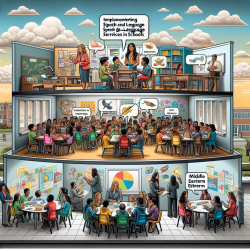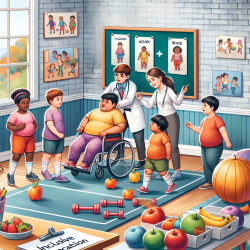Separation anxiety disorder (SAD) is a prevalent and impactful condition among children, affecting approximately 3.9% of those aged 6–12 years (Costello et al., 2011). The Children's Separation Anxiety Scale (CSAS) offers a reliable and valid tool for assessing separation anxiety symptoms, providing practitioners with data-driven insights to enhance therapeutic outcomes.
The CSAS, developed and validated through extensive research involving over 7,000 children, encompasses four key factors: worry about separation, distress from separation, opposition to separation, and calm at separation. These factors collectively explain 46.91% of the variance in separation anxiety symptoms (Méndez et al., 2014).
Key Findings and Implementation Strategies
1. Comprehensive Assessment
The CSAS allows for a nuanced understanding of separation anxiety, moving beyond general anxiety measures to focus on specific symptoms. By utilizing the CSAS, practitioners can:
- Identify specific areas of concern (e.g., cognitive worries, physiological distress, behavioral opposition).
- Tailor interventions to address these specific areas, enhancing treatment efficacy.
2. Data-Driven Decisions
The robust psychometric properties of the CSAS—internal consistency (α = 0.82) and temporal stability (r = 0.83)—ensure reliable data for informed decision-making. Practitioners can confidently use CSAS scores to:
- Monitor progress over time.
- Adjust treatment plans based on data trends.
3. Targeted Interventions
The CSAS highlights the importance of addressing different aspects of separation anxiety. For instance:
- Worry about Separation: Cognitive restructuring techniques can be employed to challenge and change maladaptive thoughts.
- Distress from Separation: Relaxation training and exposure therapy can help reduce physiological symptoms.
- Opposition to Separation: Behavioral strategies, such as contingency management, can mitigate avoidance behaviors.
- Calm at Separation: Encouraging and reinforcing positive experiences of separation can build confidence and resilience.
Encouraging Further Research
The CSAS not only serves as a practical tool for current practitioners but also opens avenues for further research. Investigating the role of the "Calm at Separation" factor as a protective element against SAD could provide deeper insights into resilience mechanisms in children.
To read the original research paper, please follow this link: Children's Separation Anxiety Scale (CSAS): Psychometric Properties.










